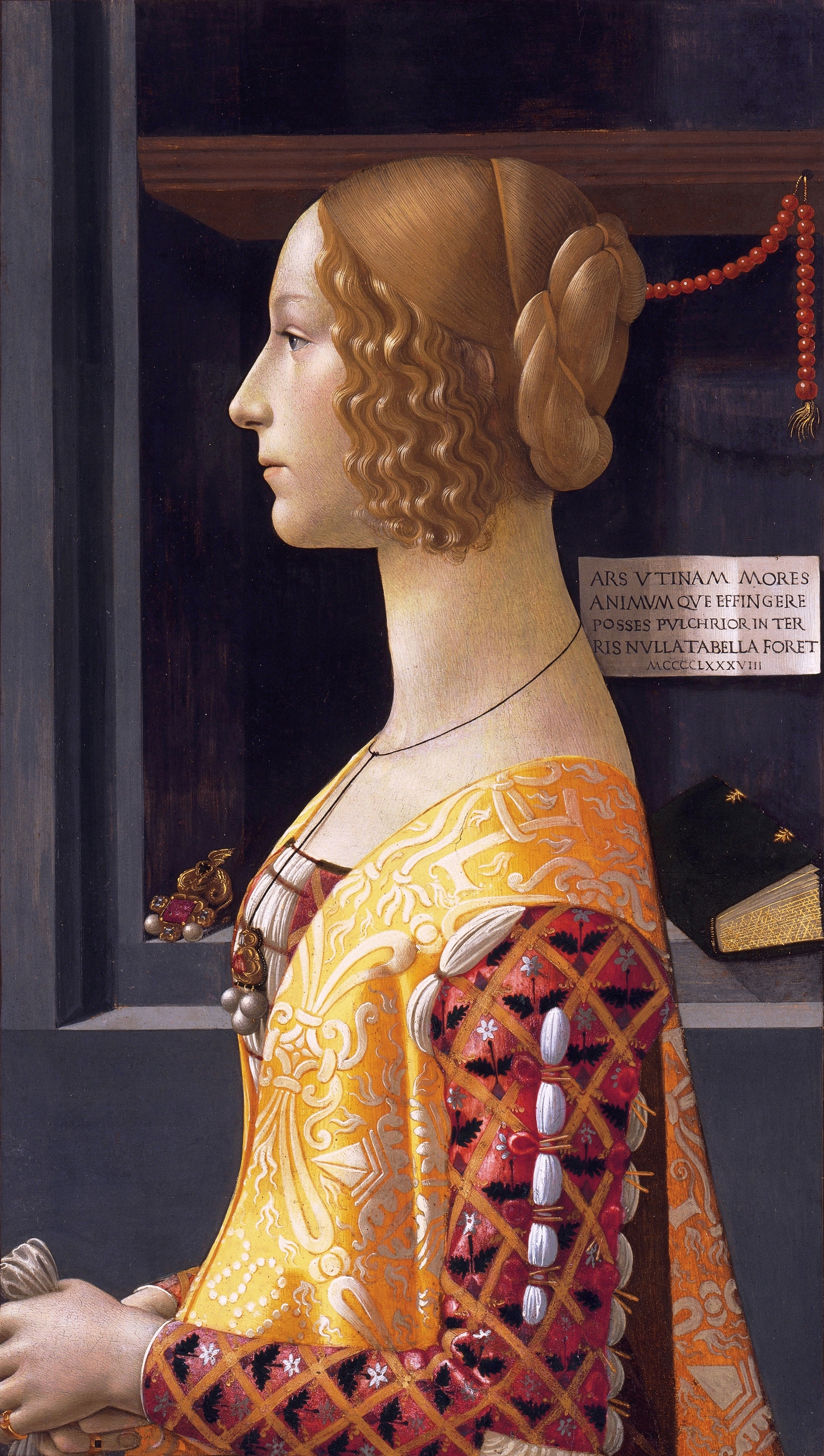| Andrea Mantegna, Parnassus, 1497 |
By HARPER TRUOG
I am glad to know that the classic love triangle produced at least one person who voiced the couple's ridiculousness as far back as the Renaissance.
The lady in the blue dress at the center of the dance circle is definitely an art history hottie. While Hephaestus mourns the loss of his marriage to Aphrodite in the background, the new couple (Ares and Aphrodite) stand regally above rings of dancers. The lady in blue at the back of the circle looks like this is the hundredth time she has been called to dance at a godly union. She goes through the steps, flutters her skirt like the rest of the women, but would rather be anywhere else. She herself is beautiful. She has long flowing hair, smooth skin, and a rich blue dress. Everyone around her is dressed in the same fashion, but they are enjoying the music and almost showing off. Attractiveness comes from within and the lady in the back exudes authentic exasperation. She is so done with the celebration as if to say "do I seriously have to dance for this?"
Her expression captures my feelings on romantic comedy TV shows so well that I can't help but have respect and admiration for her. She is a total hottie, and her individual personality really shines through in the painting.
The lady in the blue dress at the center of the dance circle is definitely an art history hottie. While Hephaestus mourns the loss of his marriage to Aphrodite in the background, the new couple (Ares and Aphrodite) stand regally above rings of dancers. The lady in blue at the back of the circle looks like this is the hundredth time she has been called to dance at a godly union. She goes through the steps, flutters her skirt like the rest of the women, but would rather be anywhere else. She herself is beautiful. She has long flowing hair, smooth skin, and a rich blue dress. Everyone around her is dressed in the same fashion, but they are enjoying the music and almost showing off. Attractiveness comes from within and the lady in the back exudes authentic exasperation. She is so done with the celebration as if to say "do I seriously have to dance for this?"
Her expression captures my feelings on romantic comedy TV shows so well that I can't help but have respect and admiration for her. She is a total hottie, and her individual personality really shines through in the painting.

















